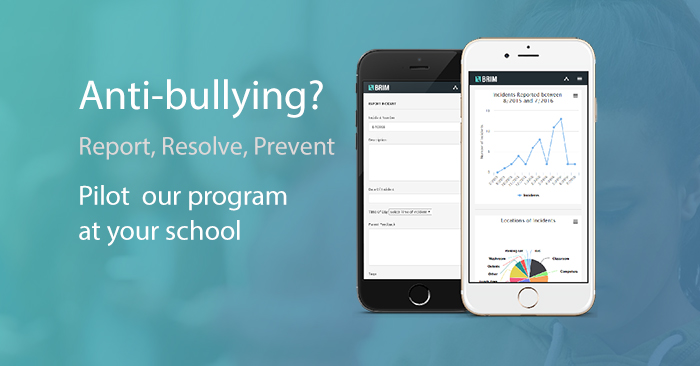High school, often depicted as a time of discovery and growth, is also a landscape rife with social dynamics and hierarchies. One of the most prominent aspects of high school culture is the formation of cliques—exclusive groups that often dictate social interactions and identities. While cliques may seem innocuous on the surface, the mental effects they can have on individuals within and outside these groups are profound and far-reaching. Let’s delve into the complexities of high school cliques and their impact on mental well-being.
At their core, cliques are social structures that serve to create a sense of belonging and identity for their members. Whether based on shared interests, hobbies, or perceived social status, cliques provide a sense of camaraderie and validation that can be enticing, particularly for adolescents navigating the tumultuous waters of identity formation. However, the flip side of this sense of belonging is often exclusion and ostracization for those who do not fit neatly into these predefined groups.
For individuals on the outside looking in, the experience of being excluded from cliques can be profoundly alienating and damaging to self-esteem. Rejection and social isolation are powerful stressors that can contribute to feelings of loneliness, inadequacy, and depression. The pressure to conform to societal standards of beauty, popularity, and success perpetuated by cliques can further exacerbate these feelings, creating a pervasive sense of unworthiness and shame.
Even for those who find acceptance within cliques, the experience is not without its challenges. The pressure to maintain social status and adhere to group norms can be stifling, leading to a loss of individuality and authenticity. Moreover, the competitiveness and exclusivity often inherent in cliques can foster an environment of distrust and insecurity, where friendships are conditional and fleeting.
Furthermore, the hierarchical nature of cliques can perpetuate inequalities and power imbalances within the school community. Those at the top of the social hierarchy may wield their influence to maintain their status, while those at the bottom may feel powerless to challenge the status quo. This can create a toxic environment where bullying, gossip, and manipulation thrive, further contributing to the erosion of mental well-being for all involved.
Addressing the mental effects of high school cliques requires a multifaceted approach that involves both individuals and the broader school community. Encouraging empathy, kindness, and inclusivity among students can help break down barriers and foster a culture of acceptance and belonging. Educators and school administrators play a crucial role in creating a supportive environment where students feel valued for their unique qualities and contributions, rather than their conformity to social norms.
Moreover, providing resources and support for students who may be struggling with feelings of loneliness or exclusion is essential. This includes access to counseling services, peer support groups, and educational programs that promote resilience and coping skills. By empowering students to challenge harmful stereotypes and forge genuine connections based on mutual respect and understanding, we can create a high school experience that nurtures mental well-being and celebrates the diversity of human experience.
In conclusion, high school cliques have a significant impact on the mental well-being of students, shaping their sense of identity, belonging, and self-worth. By fostering a culture of inclusivity, empathy, and support, we can create a high school environment where all students feel valued and are bully free.


